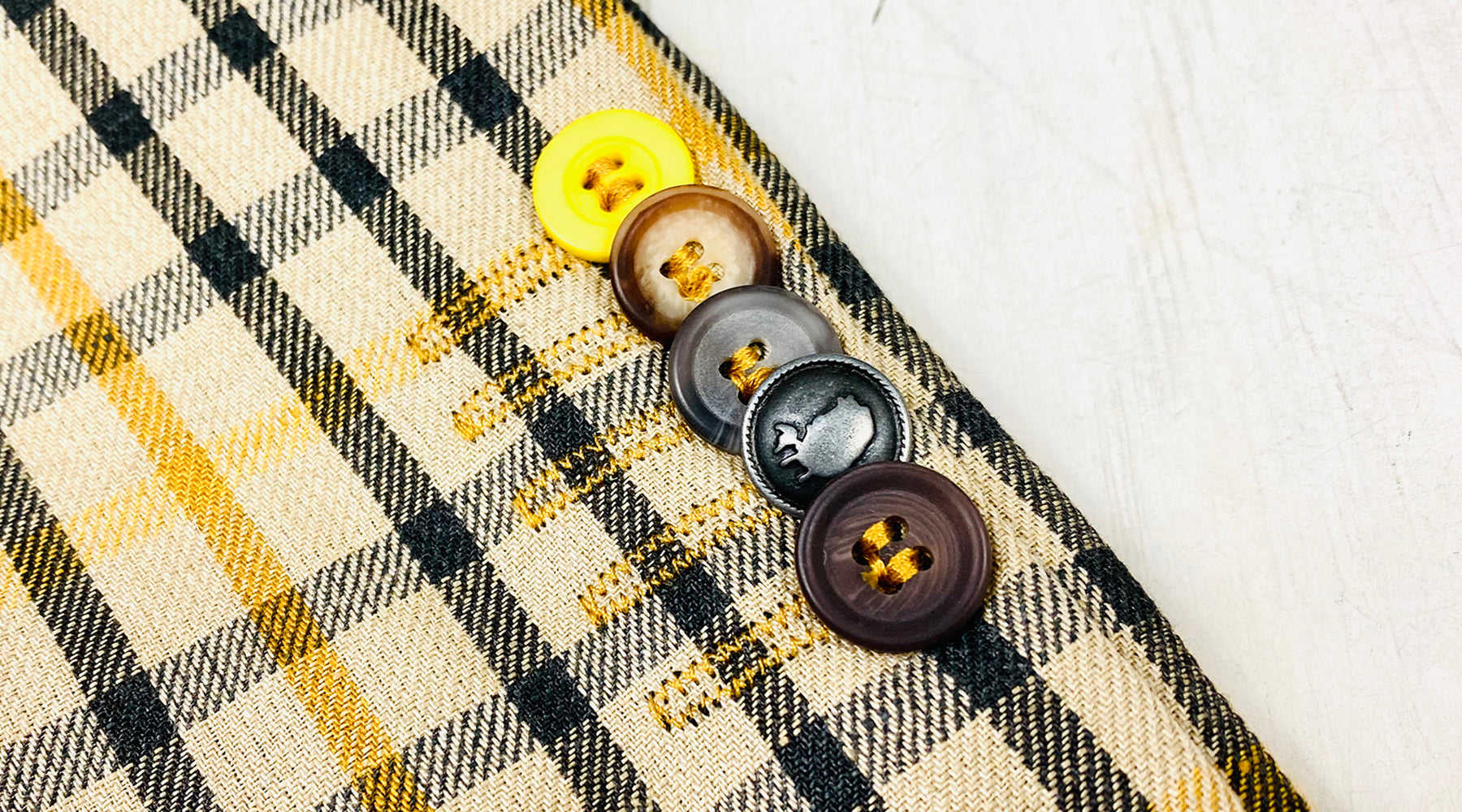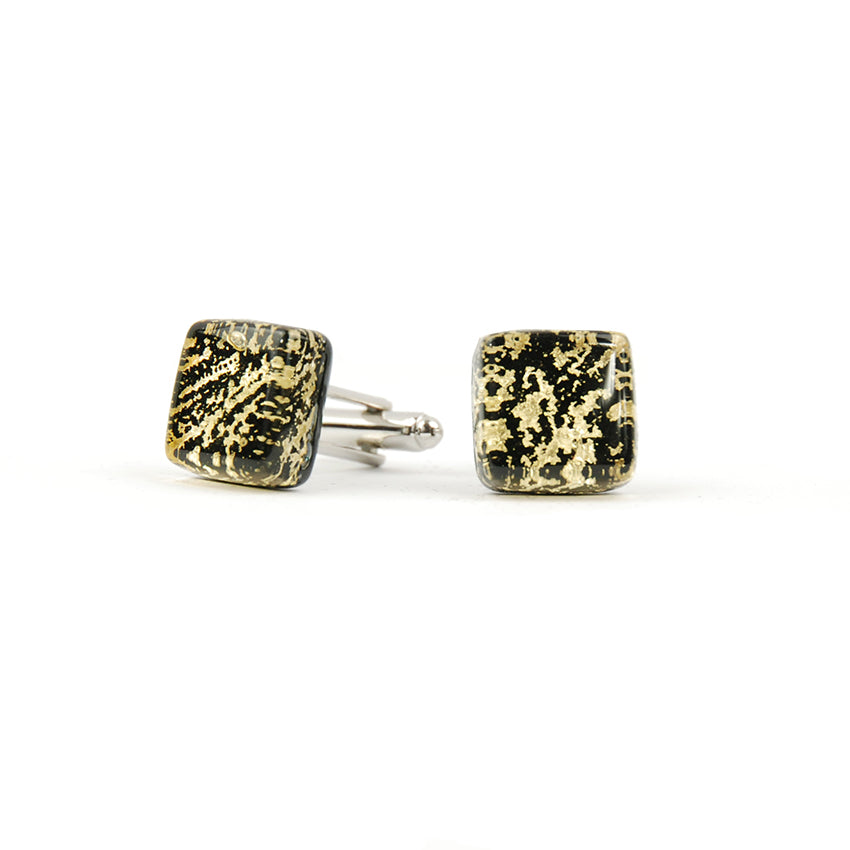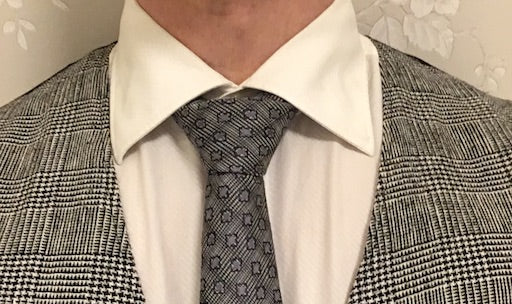
Buttons on the sleeves of jackets
Have you ever wondered why men's jackets have buttons on the sleeves? The buttons are there for a traditional reason: in the past, men wore jackets while working, and when they worked, they rolled up their sleeves. This is also where the saying 'roll up your sleeves' comes from. Shirts also have buttons on the cuffs for the same reason. The buttons needed to be opened so that the sleeves could be rolled up.
So why did they have to roll up their sleeves? At that time, doing laundry was laborious and difficult, so clothes were protected by rolling up the sleeves. Additionally, jackets were similar to today's blazers, and separate work overalls were not known. A man always wore a jacket, even when working. The buttons are therefore a sign of tradition.

Why isn't the buttonhole on the sleeve 'real'?
Sometimes you hear it said that in high-quality jackets, the buttonholes are made through and in less quality ones, the buttonholes are just depicted by stitches. However, in ready-made clothing, there is a clear reason why buttonholes should not be made through: Once the holes are made, it is practically impossible to move the buttons' position. When the buttons' position cannot be moved, shortening the sleeves can become impossible without the cuff buttons ending up in an odd place.
The buttons of the Reykjavik District are sewn without holes. These buttons can be moved if necessary when shortening or lengthening the sleeve.
- "This solution was a no-brainer, because we want to leave the option for lengthening or shortening the sleeve.", says Olly Lindal from Reykjavik.
Reykjavik District also leaves fabric in the sleeve turn-ups so that lengthening is easily possible. In most Italian brands, the fabric is cut off and lengthening is no longer directly possible.
"We have noticed the same thing, that Italians cut the fabric on parts of the sleeve that remain hidden, making shortening difficult. We leave the fabric uncut, which makes it easier to lengthen the sleeve," Olly explains.
The coats in the Reykjavik District have models with handmade buttons. The fabrics found on the buttons are also found in other details of the coat. A wonderful detail indeed!
Number of buttons
The rule goes that the more formal the jacket, the more buttons it has, and vice versa. Usually, the most formal number is four buttons, as seen on the cuff of the suit jacket above. However, Reykjavik District's blazers often have five buttons. A stylistic detail according to Olly Lindal. Blazers with two buttons on the cuffs are often unlined. These then represent a more casual style. The number of sleeve buttons also applies well to outerwear.
Is it then a mark of quality to have fully perforated buttonholes on the cuffs? I would say that it makes more sense to leave the holes undone, so that a tailor can adjust the garment. But if you plan to roll up the sleeves, make sure the holes are correct and also ensure that the sleeve vent is not sewn shut otherwise :)



